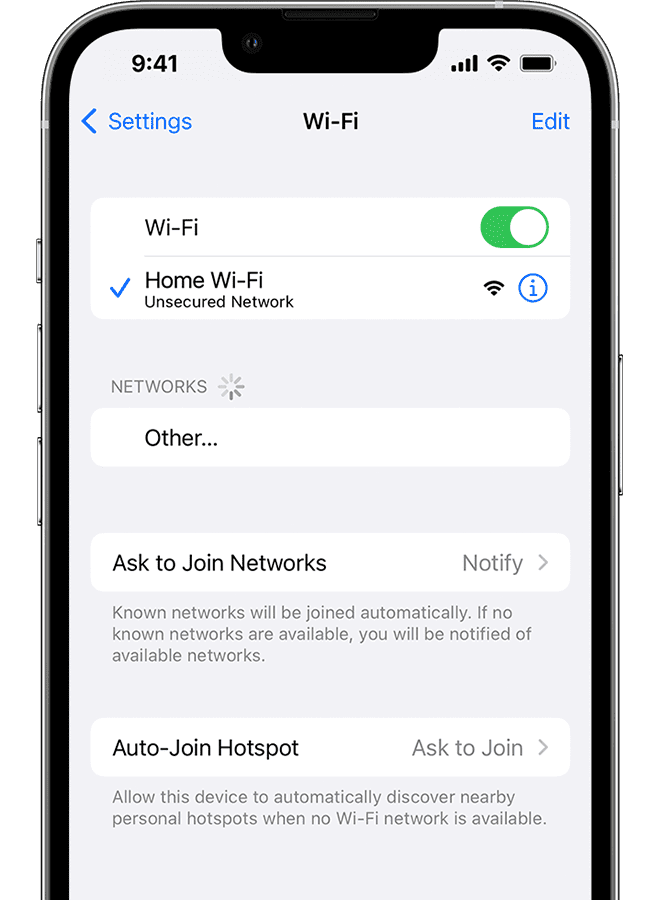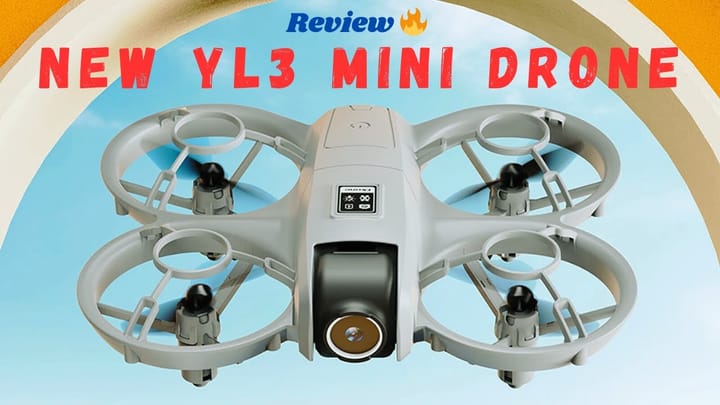BLACK HORNET ISR - Mini Drone Dominance in Urban Warfare

BLACK HORNET nano-drone
The evolution of warfare often hinges on the successful integration of new technologies. In the ongoing conflict in Ukraine, a small, nearly silent innovator has taken center stage: the BLACK HORNET nano-drone reconnaissance system. Deployed by both Ukrainian and Russian forces, this pocket-sized ISR (Intelligence, Surveillance, Reconnaissance) platform is rapidly redefining the dynamics of urban combat.
The Rise of Nano-Drones in Modern Warfare
Military strategists have long recognized the tactical advantages offered by unmanned aerial vehicles (UAVs), particularly in complex urban environments. Larger drones, while effective, often lack the agility and stealth necessary for navigating tight spaces or conducting covert operations. The BLACK HORNET, with its remarkably small size and whisper-quiet operation, addresses this critical gap.
Developed by Teledyne FLIR, the BLACK HORNET Personal Reconnaissance System (PRS) has undergone several iterations since its debut in 2011. The latest version, the BLACK HORNET 3, boasts enhanced flight capabilities, improved sensors, and a user-friendly interface. Weighing in at a mere 33 grams, this nano-drone can be easily carried by a single soldier and deployed in seconds, providing real-time situational awareness in the most challenging environments.
A Game-Changer in Ukraine
The ongoing conflict in Ukraine has become a proving ground for the BLACK HORNET, showcasing its effectiveness in a real-world combat scenario. Ukrainian forces, in particular, have leveraged the drone's capabilities to gain a tactical edge in urban warfare settings.
Reports from the region highlight several key advantages offered by the BLACK HORNET:
- Unrivaled Situational Awareness: The drone's advanced electro-optical and infrared cameras provide operators with a clear view inside buildings, around corners, and over obstacles, significantly enhancing situational awareness and reducing the risk of ambushes.
- Covert Operations: Its small size and near-silent operation make the BLACK HORNET incredibly difficult to detect, enabling reconnaissance missions without alerting enemy forces.
- Target Identification: The high-resolution sensors allow operators to positively identify enemy positions, personnel, and equipment, even in cluttered urban environments.
- Force Multiplier: The relatively low cost and ease of deployment make the BLACK HORNET a valuable force multiplier, enabling smaller units to conduct effective reconnaissance and surveillance operations that would traditionally require larger teams or more sophisticated equipment.
Looking Ahead: The Future of Nano-Drone Warfare
The success of the BLACK HORNET in Ukraine has significant implications for the future of warfare. As urban conflicts become increasingly common, the demand for small, agile, and stealthy ISR platforms is likely to grow exponentially.
Beyond its current capabilities, the BLACK HORNET platform has the potential for further development and integration with other technologies. Future iterations may include:
- Swarm Technology: Deploying multiple BLACK HORNET drones simultaneously to create a comprehensive surveillance network.
- Artificial Intelligence (AI): Integrating AI algorithms for autonomous target recognition, threat assessment, and even autonomous navigation.
- Enhanced Countermeasures: Developing countermeasures to address the growing threat posed by enemy nano-drones, including detection systems and electronic warfare capabilities.
Final Thoughts
The BLACK HORNET nano-drone system represents a paradigm shift in military technology, offering unprecedented tactical advantages in urban warfare environments. Its impact on the ongoing conflict in Ukraine underscores the growing importance of small, unmanned systems in modern warfare. As technology continues to evolve, we can expect to see even more sophisticated and capable nano-drones deployed on the battlefields of the future, reshaping the nature of conflict and demanding new strategies and countermeasures.


















Comments ()